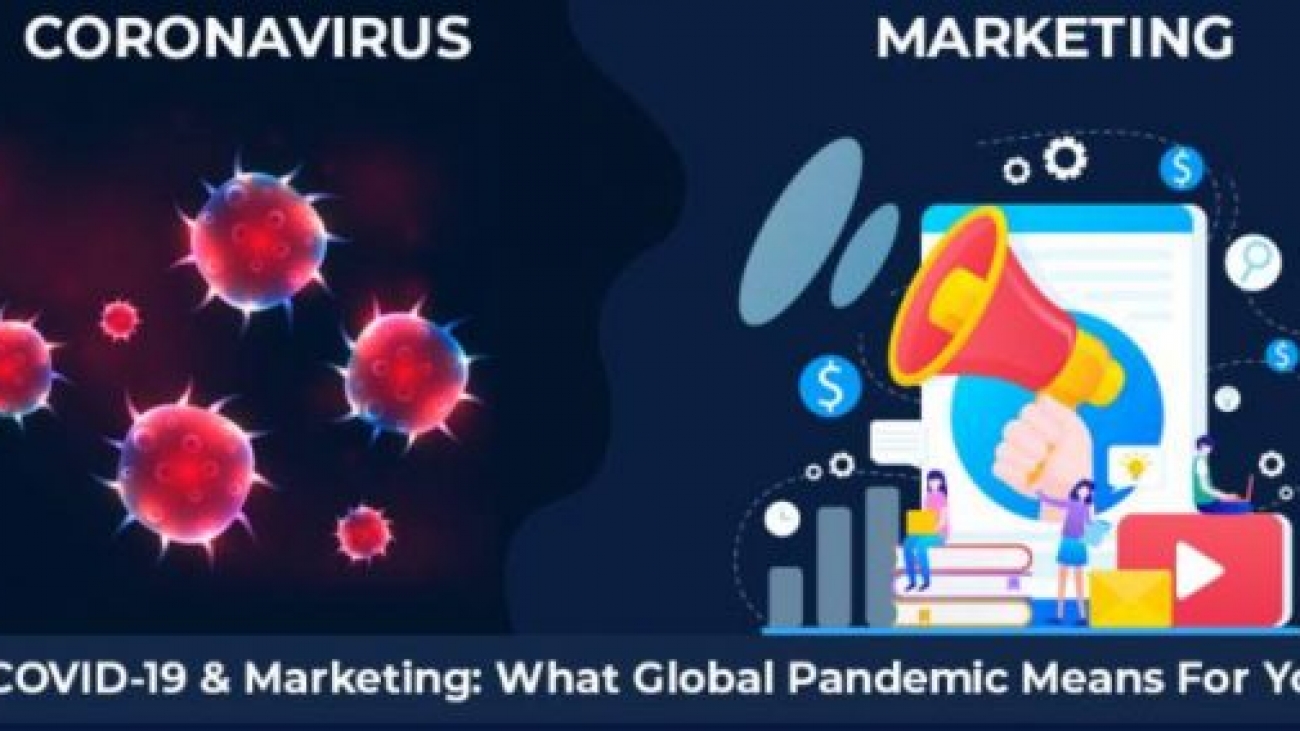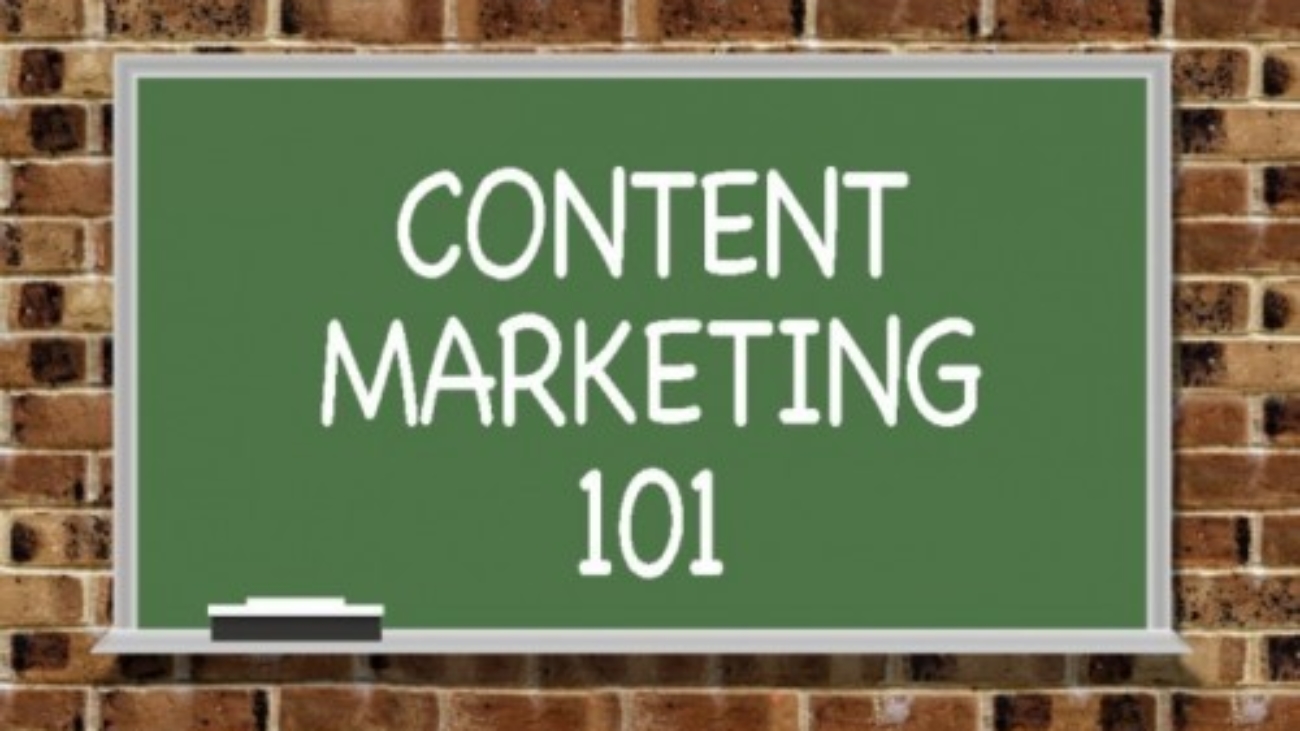In our industry, we often find that “multi-channel” and “omnichannel” are not only used interchangeably but are perceived to be the same concept. From our perspective, that’s inaccurate. Yes, we said it!
What is multi-channel marketing?
This is when a brand is utilizing multiple independent channels to interact with its customers. Each channel operates independently. With multi-channel marketing, the brand is focused on providing customers with several different ways to engage with them.
What is omnichannel marketing?
This strategy takes a more integrated approach, aiming to provide customers with a seamless, consistent, and unified brand experience across all channels. With this strategy, customers can transition between digital and offline channels effortlessly – with their interactions and preferences being recognized and remembered. With a successful omnichannel strategy, channels are interconnected and share data and insights to deliver more personalized experiences. Think in terms of integrating online intent with offline channels such as direct mail.
Why omnichannel works:
While multi-channel marketing focuses on providing multiple independent channels for customer engagement, the actual customer experience may not be seamless or consistent across these channels. In fact, they’re often treated as entirely different campaigns or initiatives.
In contrast, an omnichannel strategy facilitates a fully integrated experience. The customer experiences all touch points in a cohesive manner – both offline and online – the creative format and content all flow together.
For example, a customer may begin their shopping journey by receiving a postcard in the mail, continue browsing on the website, and make a purchase in-store, with the brand maintaining a cohesive understanding of their preferences and history throughout. Because of this, a successful omnichannel strategy helps with attribution and thus, more effective marketing techniques to ultimately grow the brand.
How can you be more omnichannel-focused?
Align company goals
Talk to each other internally! Offline, digital, sales, and operations should all be working together. For example, the offline team is reading results from their campaigns while the digital team is doing the same – and they’re not syncing up external efforts (or even internal communications for reading results). Don’t fall into this habit!
Be aware of changing consumer behavior, and get more familiar with your audience
Consumer behavior is consistently changing – make sure you’re staying top-of-mind with your top spenders in terms of brand benefits (loyalty programs, offers) and mission.
Identify key channels and be strategic with them
Ensure you’re being consistent yet innovative across channels. This doesn’t mean serving all the same content – it means presenting cohesive messaging that is complimentary to the branding.
Did you know that “direct mail” is a channel? Make sure you’re not excluding offline channels. The more each channel “talks to each other,” the more successful your campaigns will be.
Integrate your tech stack
Remember that integrations are not one-size-fits-all. Take time to determine the most important tools for your brand and integrate them strategically.
This includes offline! The power of print is real; integrate online intent with direct mail.
Optimize social media
Don’t forget that social media can support your broader business goals such as attracting new customers, building brand loyalty, and promoting brand awareness.
We recommend thinking of an omnichannel approach as customer centric. An omnichannel strategy starts with the customer and ends with a purchase. In fact, it can start offline and end online; or vice-versa. It ensures a smooth, convenient, and unique shopping experience.
Omnichannel is a powerful strategy; in fact, we think it’s THE most powerful. Not only does it help provide a seamless and personalized experience across all channels (both offline and digital), but it can help brands differentiate themselves. Whether it’s building stronger relationships with its audience, figuring out a more effective way to spend your marketing dollars, or testing a new channel (offline or digital!), it will ultimately drive growth and profitability for a brand. Not convinced? Let’s discuss in more detail why omnichannel is the way forward!










